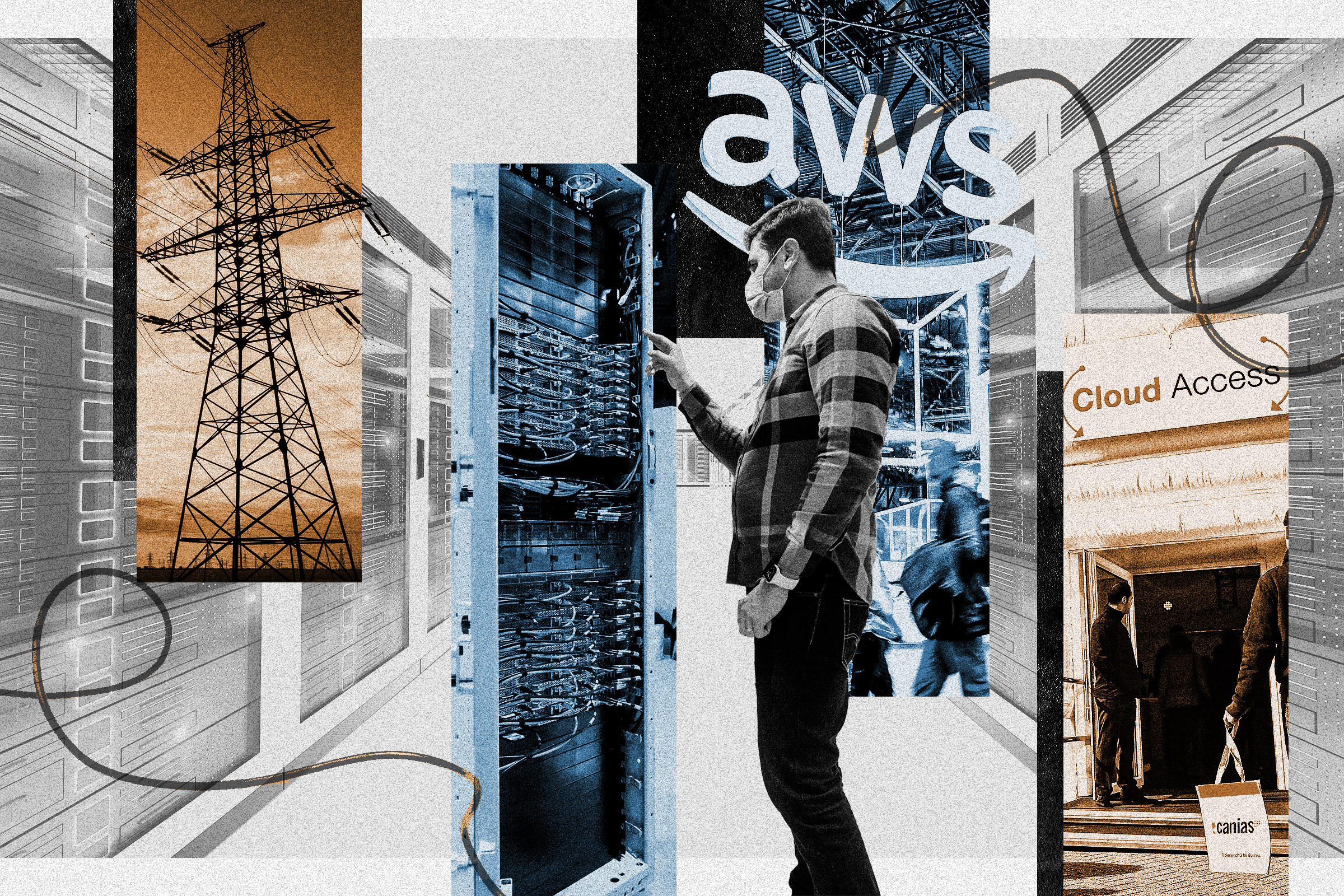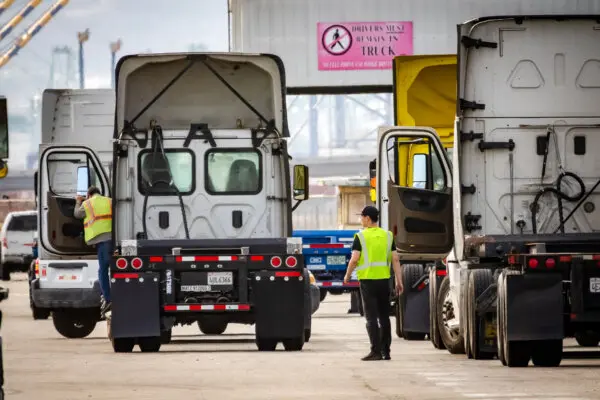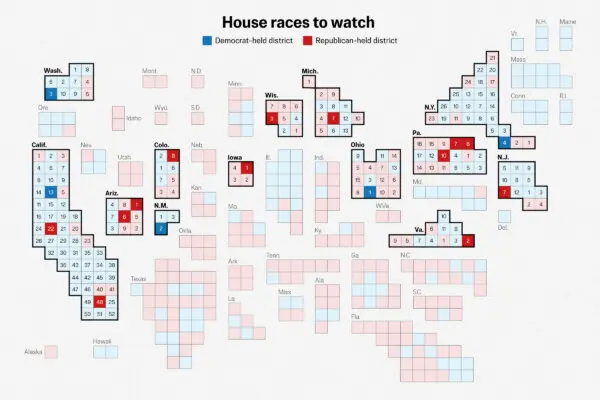As federal net-zero policies attempt to shift transportation, heating, and other essentials onto the electric grid, one of the hottest growth sectors of America’s economy is poised to increase electricity demand exponentially, further straining an energy infrastructure that is being pushed into the red.
Data centers, the so-called “brains of the internet,” are industrial warehouses packed with rows upon rows of servers. They process, communicate, and store the data behind everything from bank records, online retailers, and social media platforms to Netflix shows and your personal iPhone videos.










